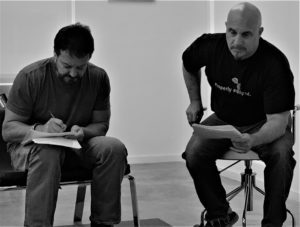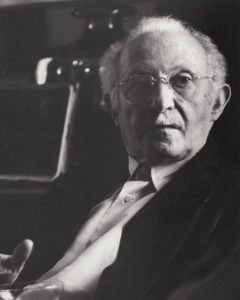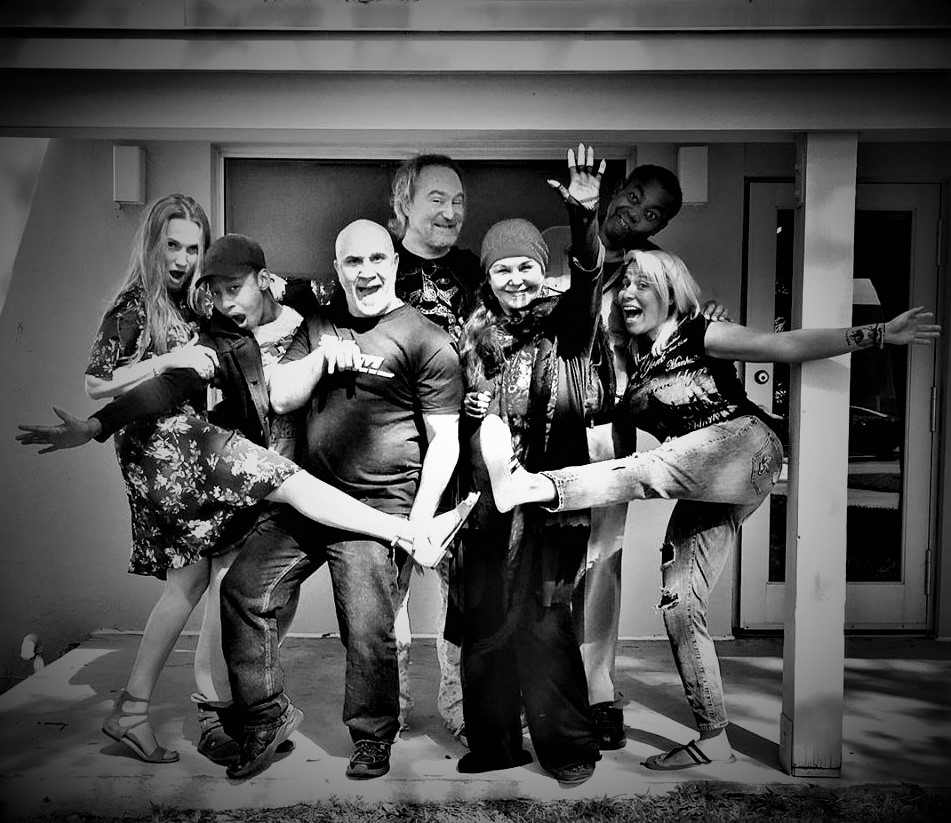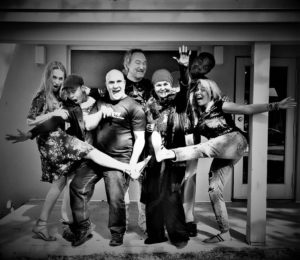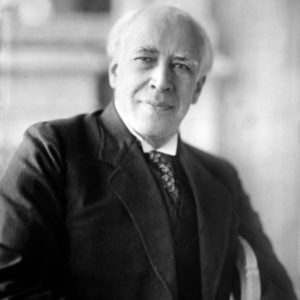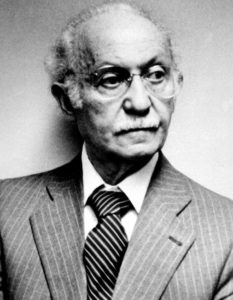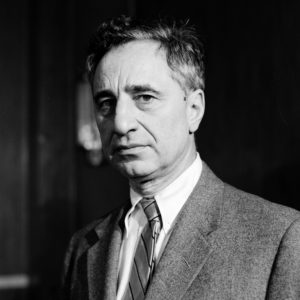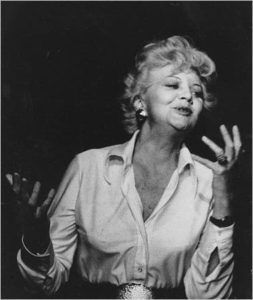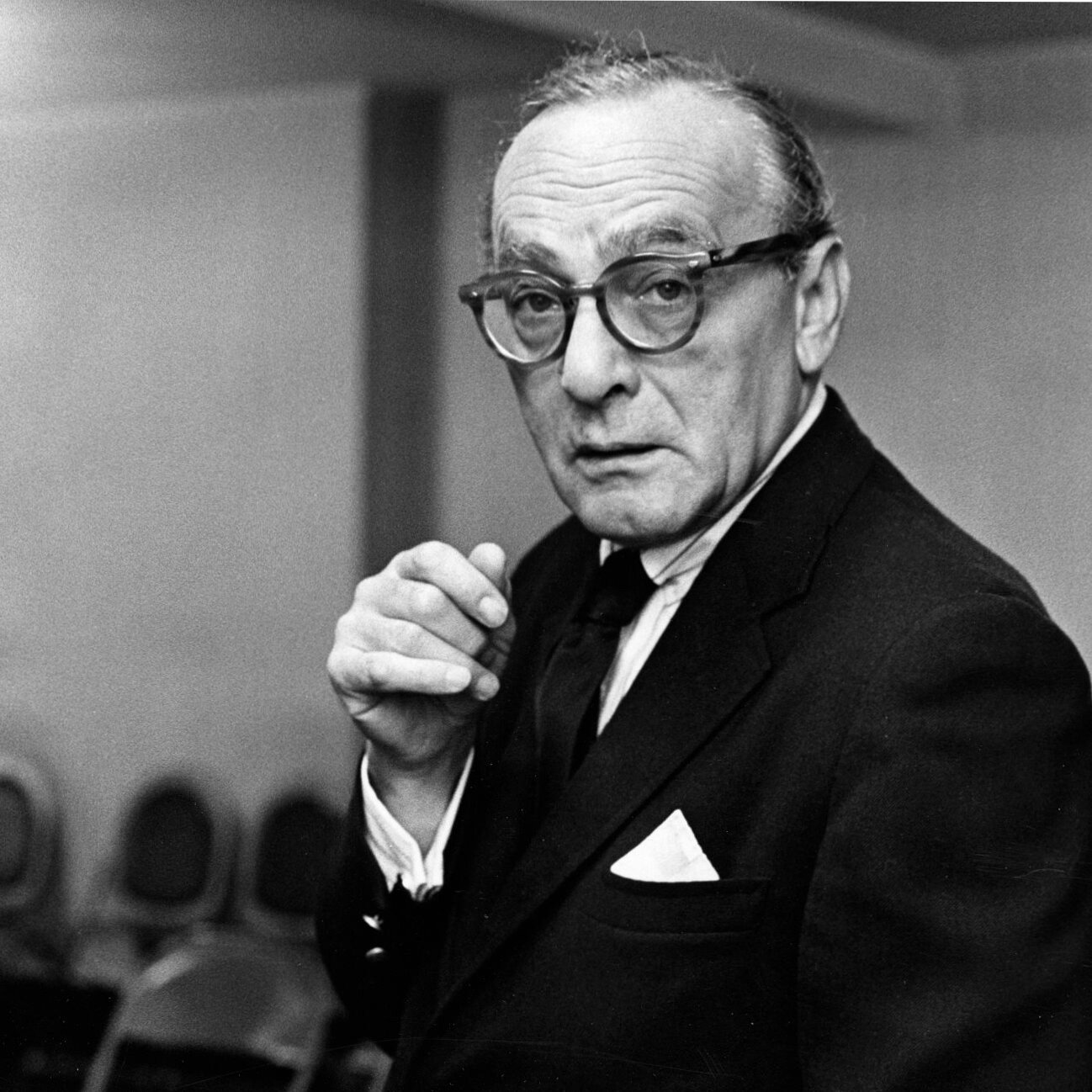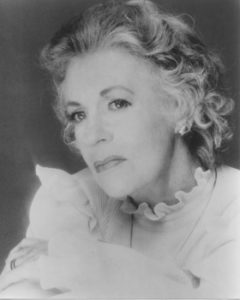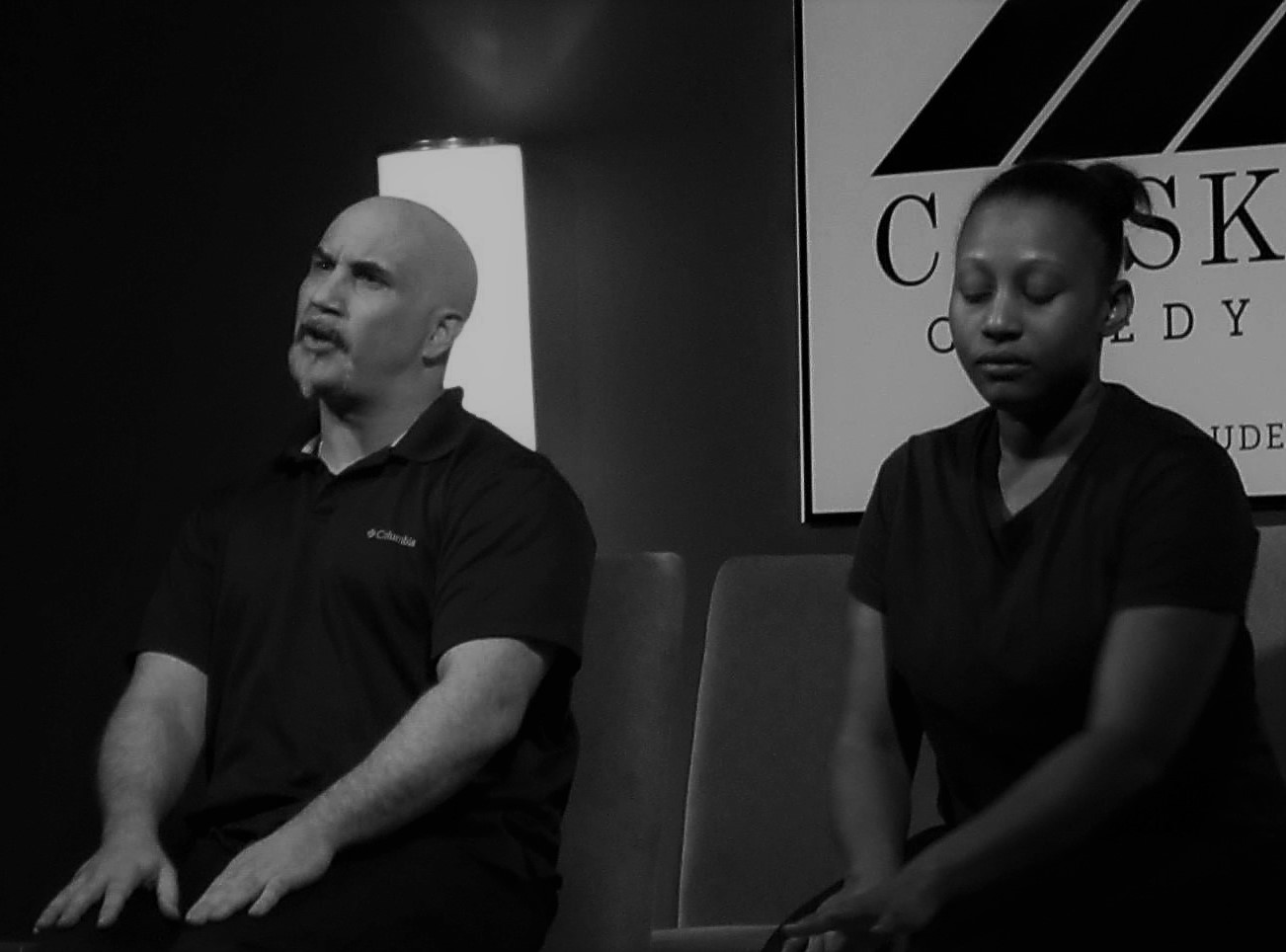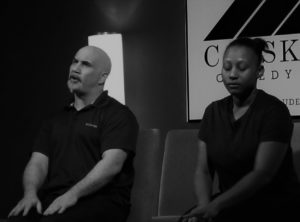
The Director’s Cut
Ed Casas
Director, Actor’s Cultural Theatre
The Director’s Cut: Method or Madness?
The creative process for artists can be a mystery and left to speculation by the casual observer, with technique and study oft disregarded as a result of “natural genius” or “born talent”.
Questions like “How did Shakespeare write Hamlet?” or “How did Da Vinci paint the Mona Lisa?” or “How did Houdini escape the Chinese Water Torture Cell?” have spawned many a debate in the respective circles of the aforementioned artforms. The artform of acting is no different with fans and patrons of film and theater prompting themselves over the decades to ask “How did they do that?”.
If it were not for modern acting pioneers like Stanislavski and his Moscow Art Theatre the question of “How did they do that?” in regards to the craft of acting may have never been brought to light.
It was an overseas trip to the states that brought modern acting to the Americas, providing audiences with naturalistic, “real people” to the stage, losing the traditional trappings of melodramatic, stylized theatre.
Stanislavski’s System, demonstrated on the stage by the Moscow Theater Group, inspired the young members of 1931’s Group Theatre to present their own naturalistic productions.
It was at The Group Theatre, America’s first theatrical collective, where Lee Strasberg would begin to formulate his own theories on acting.
The Group Theater ended in 1941, but evolved into the Actor’s Studio in 1947 with Group Theater member Elia Kazan acting as director until heading to Hollywood. Strasberg would take over the role of director and enhance his “method” and acting technique inspired by the naturalistic acting of Stanislavski’s System.
The Method included emphasis on elements of The System such as the techniques of the “magic if” and sense memory.
“I don’t teach the Stanislavski System, I teach the Strasberg Method.”
Lee Strasberg
Strasberg stated that his use of improv and affective memory were at the heart of his technique.
The use of affective memory has been controversial, linking the technique to the turn of the century revolution in psychiatry and psychoanalysis which prompted patients to relive traumatic events from their past in the hopes of exorcising past psychological demons.
Stella Adler herself, steered away from Strasberg’s use of affective memory, calling it a misinterpretation of Stanislavski’s emotional memory.
Kazan’s experience with Strasberg would aid him in directing and casting films that would feature actors versed in the Method, students who trained under both Stella Adler and Strasburg, actors like Marlon Brando in A Streetcar Named Desire (1951) and On the Waterfront (1954), and East of Eden (1955) with James Dean.
Another director who had complete faith in The Method was Sidney Lumet. Lumet was a part of The Actor Studio and saw Strasberg’s technique at work. Lumet would often cast actors well versed in the Method like Al Pacino to work in such films as Serpico (1973) and Dog Day Afternoon (1975).
One of the other critiques of Method Acting is the belief that actors will literally loose themselves in their roles, remaining in character off-stage and off-camera.
Strasberg had stated that Stanislavski had mixed results with his actors living “in-character” off stage and has stated himself that it is “not Method Acting.”
Modern actors like Daniel Day Lewis are reported to remain in character after filming, adopting his character’s mannerisms while away from the camera.
When Laurence Olivier had heard that Dustin Hoffman was depriving himself of sleep and not showering to prepare for his scenes in Marathon Man (1976) quipped “Why don’t you try acting?”
“Method Acting is what all actors have always done whenever they acted well. But The Method–it’s how you get there.”
Lee Strasberg
Realistic, naturalistic acting should always be the goal of the professional actor. How an actors gets to a moment of pure “truth” on stage is up to what works best for them.
Actor’s Cultural Theatre is accepting auditions for those actors that wish to become a member.
Always audit an acting class to see if it’s the right class for you.
Never stop training!
